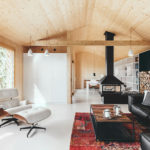Ceiling finishing with plastic panels
There are many options for decorating the ceiling. One of them is the use of plastic panels. The material is light, easy to care for and visually attractive. Ceiling finishing with such panels is carried out using frame and frameless methods. Let's take a closer look at each of them.
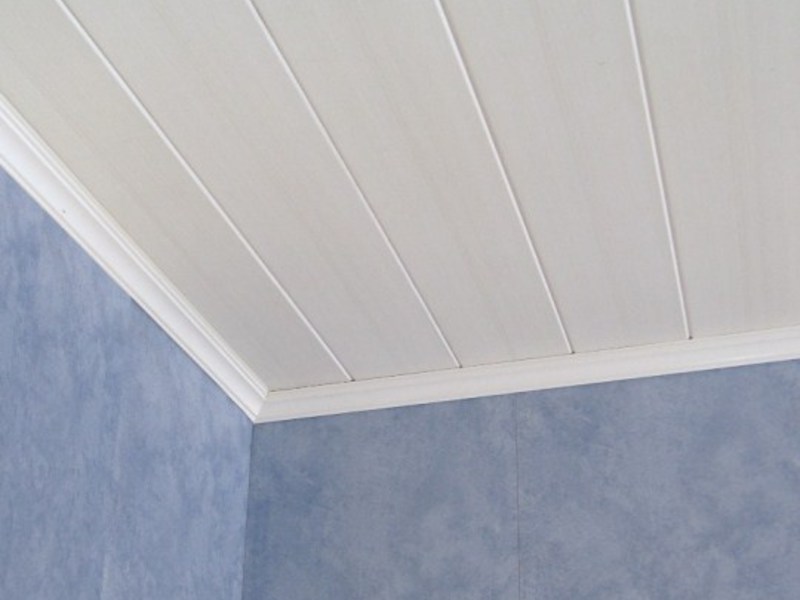
The content of the article
Ceiling finishing with plastic panels
Before choosing a suitable cladding method, preparation is carried out. It is necessary to properly design the base so that the material lasts longer and is more durable. At the same stage, the required amount of building material is calculated. It is not recommended to skip it, otherwise the quality of the repairs performed may disappoint.
Preparing for work and calculating the amount of material
The thickness of the panels varies from 5 to 10 mm, the width can be from 250 to 500 mm. The length of the products reaches up to 3000 mm. When calculating the required quantity, calculate the area of the ceiling, and then one panel. The first number obtained is divided by the second and this data is increased by 20% as a reserve. If the value is not an integer, it is rounded up.
You need to remember about the calculation of slats and metal profiles. To do this, draw an approximate diagram of the work, apply longitudinal lines with a distance between them of 500 mm.The fixing step of the slats is 30 cm. From this you can determine how much material is required.
Then follows the preparation of the ceiling base. Start by removing the old coating. Disassemble lamps (if any) and other electrical equipment. Clean the surface so that no traces of dirt and dust remain. It is recommended to tap it all over with a hammer to detect possible defects. Cracks and chips should be repaired. Complete the preparation by applying a primer.
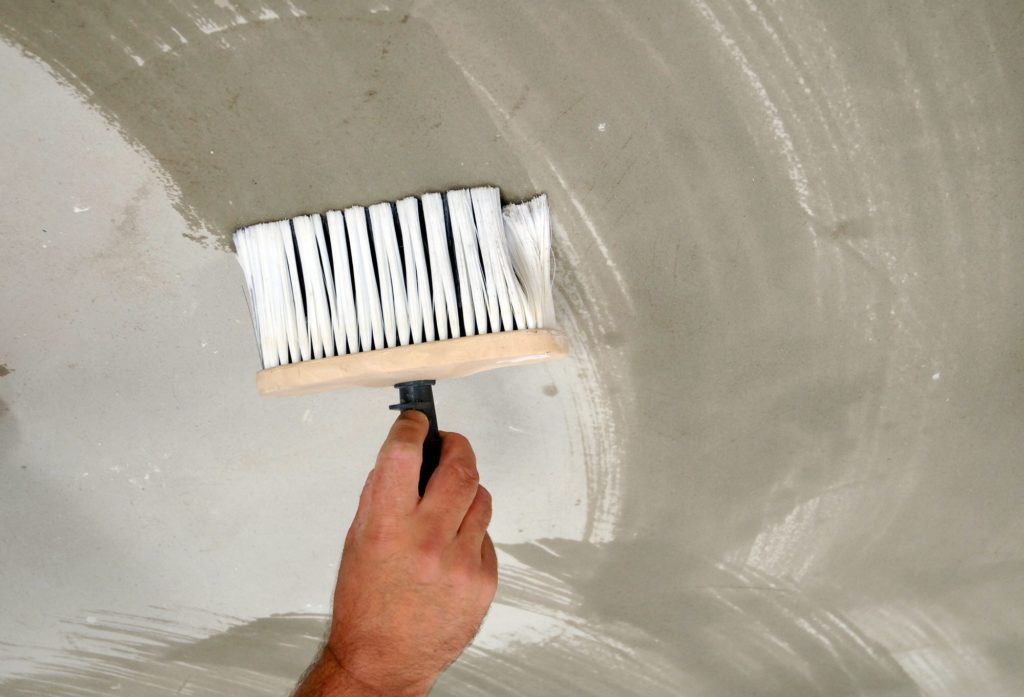
Reference. Any facing work should begin only after the base has completely dried.
Frame installation
There are several ways to fix the panels. One of them is the frame method. It allows you to hide serious defects in the ceiling and does not require an absolutely smooth surface without cracks or chips. The frame allows the use of such building material even in rooms with high humidity. It can be metal, plastic or wood. The choice is influenced by many factors, including humidity, the number of defects on the substrate, and the skill level of the person doing the work.
A plastic frame is much more convenient and easier to install, but requires a flat surface without significant differences. Particular attention is paid to fastening the structure. It must be as durable and reliable as possible.
First, it is assembled and then fixed using fasteners on the ceiling. Self-tapping screws or special nails will do. A distance of no more than 1.5 m must be maintained between the elements of the product.
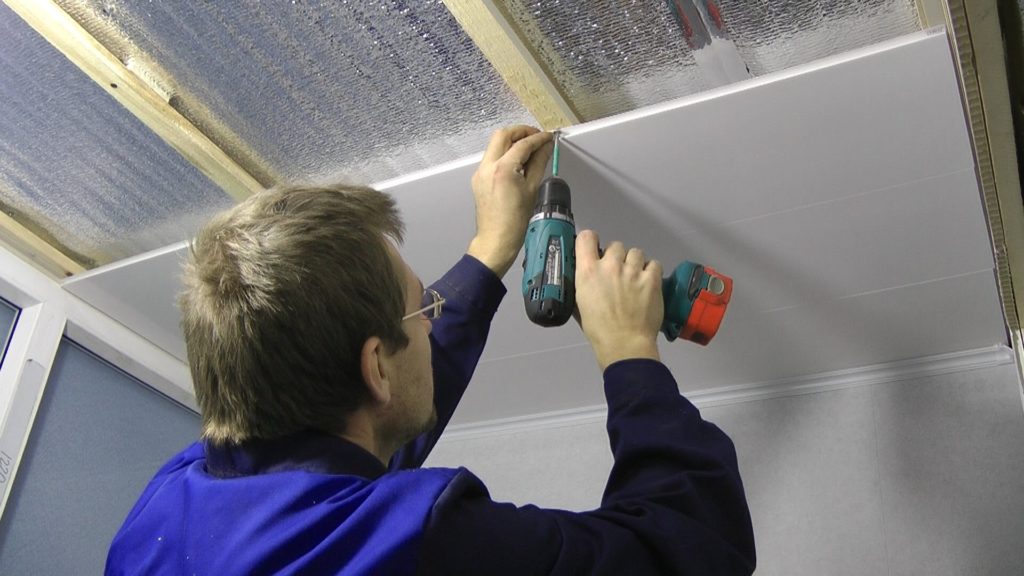
Important! When using a frame system, it is worth considering that it reduces the height of the room.
Each panel is applied to the structure and cut so that it exactly fits the chosen location.It is not recommended to carry out such manipulations beforehand, so as not to spoil the building material.
Finally, decorate the corners between the walls and ceiling using borders and liquid nails.
Do-it-yourself installation of PVC panels
It is recommended to take a closer look at the actions associated with securing the material to the frame base.
After trimming the panel, its tenon is inserted into the groove of the frame. It is important that the screws used for fastening will not be noticeable. They will be covered by the tenon of the subsequent installed panel.
The same actions are performed with each element. The tenon is simply inserted into the groove of the previous panel. It is attached to the groove located on the opposite side. The last product does not need to be secured with anything. It is first inserted into the edge of the frame, then the other side is installed in the same way into the previous panel.
It is worth noting that holes for lighting fixtures are pre-cut on the surface of the building material. Many people do this before installation, but with the help of modern tools, similar manipulations can be performed after the surface is covered.
Frameless method of mounting plastic models
The method is suitable for small spaces. And if there is not enough space in the room, then every square meter must be protected. Therefore, fastening materials directly to the base will not allow the ceiling height to decrease. This is especially true for the toilet or bath.
When using this method, it is necessary to carefully prepare the surface. The base should be smooth, without serious cracks. The method is also distinguished by the absence of a fastening system. The work comes down to applying glue and pressing the panel to the ceiling.
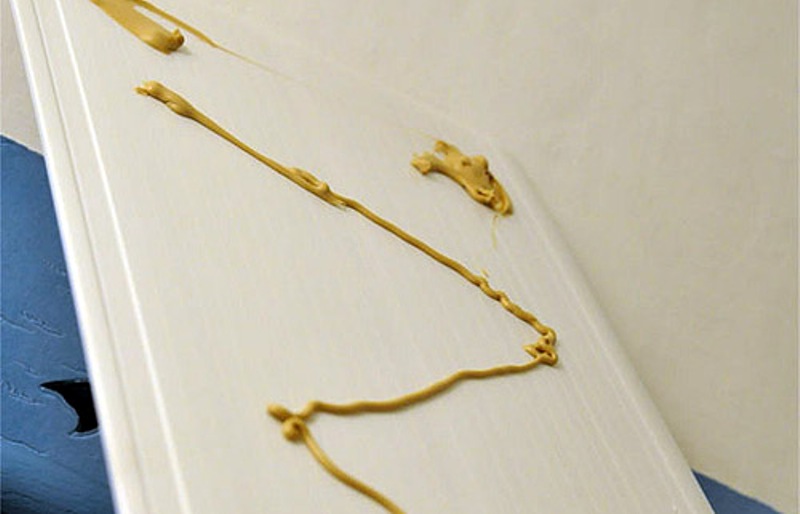
The use of self-tapping screws is permissible only if the facing structure is located at a distance of 1-3 mm from the base surface. Relevant for long rooms. The more elongated the space, the more the cladding can sag. You can solve the problem by purchasing panels in advance that have a denser structure. That is why you should first take into account all the features of the room and the ceiling base and only then choose suitable PVC products.

What plastic panels are there: selection criteria
Ceiling design elements are classified into several types. They can be plain, often used in office spaces. The varnished versions are coated with a special compound, but any scratches are too noticeable on them. Products with printed patterns are more popular. There is also a laminated version that has a structured pattern. It is the most expensive of those described.
The quality and durability of the design is influenced by the correct choice of building materials. Among the important criteria:
- Thickness and weight. Particular attention is paid to the outer part of the panel. It should be thick enough and durable. Any damage and cracks increase the risk of moisture penetration and deterioration of the material. Also, the heavier it is, the better.
- Number of ribs. They affect strength. The more there are, the more reliable the design will be. It is preferable to choose options where the ribs are located perpendicular to the panels.
- Strength of the tongue-and-groove connecting lock.
- Price. The lower it is, the lower quality the product is in front of the buyer. It is better to choose the desired option from the middle price segment. They have good characteristics, and you won’t have to overpay for them.This is especially true for those who do not have experience in cladding PVC panels. More expensive options are easier to work with.
- Appearance. Before purchasing, you should carefully inspect the product. The surface must be smooth, evenly colored, without defects, dents, etc.
PVC panels are a good option for ceiling design. You just need to choose the right product and take into account some important nuances. It is recommended to purchase goods from the same batch so that the features and colors completely match. The difference in shades - even a slight one - will be noticeable after finishing work is completed. Therefore, you need to take care in advance about the uniformity of the ceiling design.


